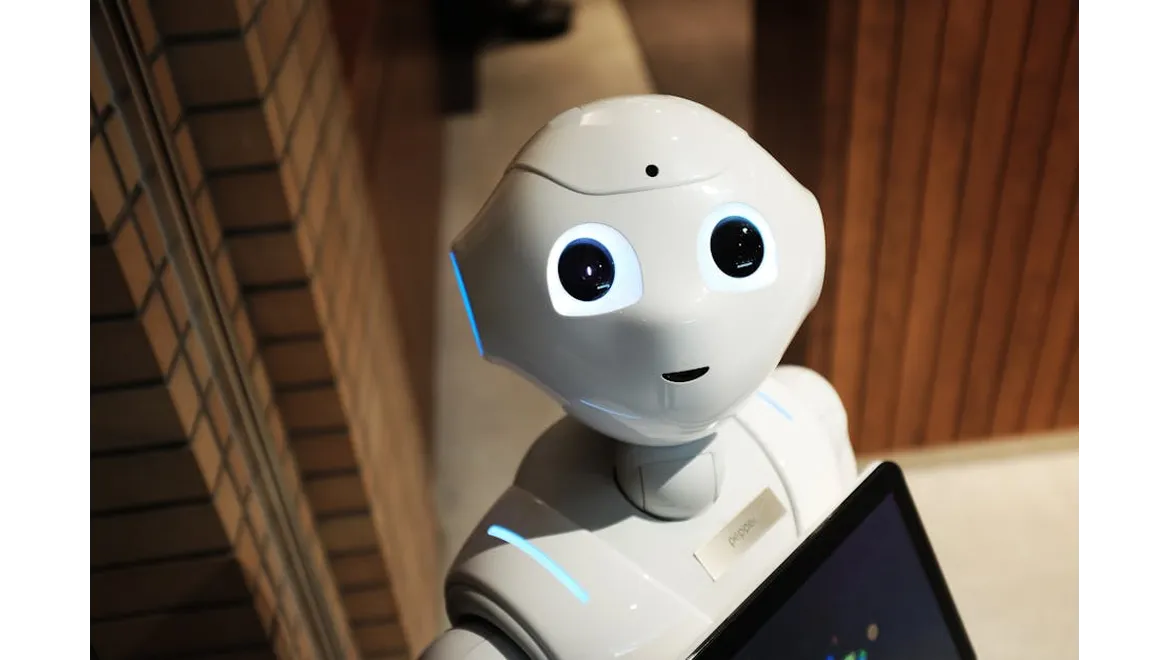Embarking on the journey of leveraging AI for personalised social media campaigns was akin to stepping into a new world of possibilities. As a digital marketer, I was always on the lookout for tools that could help tailor content more effectively to specific audience segments. Here’s a step-by-step guide on how I achieved this, which you too can replicate for your campaigns.
Understanding Your Audience
The first step in creating a successful personalised campaign is understanding who your audience is. I began by gathering data from our existing social media channels, focusing on engagement metrics like likes, shares, comments, and click-through rates. Utilising tools like Google Analytics and Facebook Insights, I was able to identify distinct audience segments. For instance, I found that our audience could be divided into segments based on age, location, and interests.
Once I had this information, I fed it into an AI-powered platform like Hootsuite Insights or Sprout Social. These platforms are capable of processing vast amounts of data to reveal deeper insights into audience behaviour and preferences. With AI, the data was no longer just numbers on a screen; it became a narrative of our audience’s needs and desires.
Creating Dynamic Content
Armed with a comprehensive understanding of our audience, the next step was to create content that resonated with each segment. AI came into play by helping me identify content trends and preferences. Using AI tools like BuzzSumo or Lately, I could analyse which types of content performed best with which segments. For instance, younger audiences were more responsive to video content, whereas older segments engaged more with in-depth articles and infographics.
These insights guided our content creation strategy. I collaborated with our creative team to produce varied content formats tailored to each segment. AI-assisted tools also helped in generating content ideas. Platforms like Copy.ai provided suggestions for engaging headlines and topics based on the data we had collected.
Automating Campaign Deployment
With content ready to go, the next challenge was deploying it effectively. AI-driven tools shine here as well. I used platforms like AdEspresso to automate the scheduling and targeting of posts. These platforms allow you to set parameters based on the audience insights you’ve gathered, ensuring that the right content is delivered to the right people at the optimal time.
What’s more, AI can dynamically adjust campaigns in real-time. If a particular piece of content isn’t performing well, the AI can tweak it or alter its distribution to improve engagement. This level of adaptability was a game-changer for our campaigns, as it meant we could maximise our reach and impact without the need for constant manual adjustments.
Monitoring and Optimising Campaigns
One of the greatest benefits of using AI in social media campaigns is the ability to continuously monitor and optimise performance. I used platforms like HubSpot and Socialbakers to track the success of our campaigns. These tools employ AI algorithms to analyse engagement metrics and provide actionable recommendations.
For instance, I could see which posts were generating the most shares or comments and adjust our strategy accordingly. If a particular audience segment wasn’t engaging as expected, the AI would suggest alternative content strategies or targeting adjustments. This iterative process of monitoring and optimisation ensured our campaigns were always at their most effective.
Refining the Strategy
The final piece of the puzzle was refining our overall strategy based on the insights and outcomes of our campaigns. AI provided detailed reports that highlighted what worked and what didn’t, allowing us to continuously improve. We held regular team meetings to discuss these insights and brainstorm ways to enhance our approach.
For example, we discovered that interactive polls and quizzes were particularly effective in engaging younger audiences, leading us to incorporate more of these elements into our future campaigns. By leveraging AI, we were not only able to tailor our content more precisely but also foster deeper connections with our audience.
As I reflect on this journey, it’s clear that AI has become an indispensable tool in creating personalised social media campaigns. It provides the ability to understand audiences at a granular level, create content that truly resonates, and optimise campaigns in real-time. By embracing these technologies, we can craft social media experiences that are not only personalised but also impactful, driving engagement and fostering loyalty across all audience segments.











